Credit Card Fraud in the Philippines: Types and Tips to Keep Your Card and Information Safe
 5 min. read
5 min. read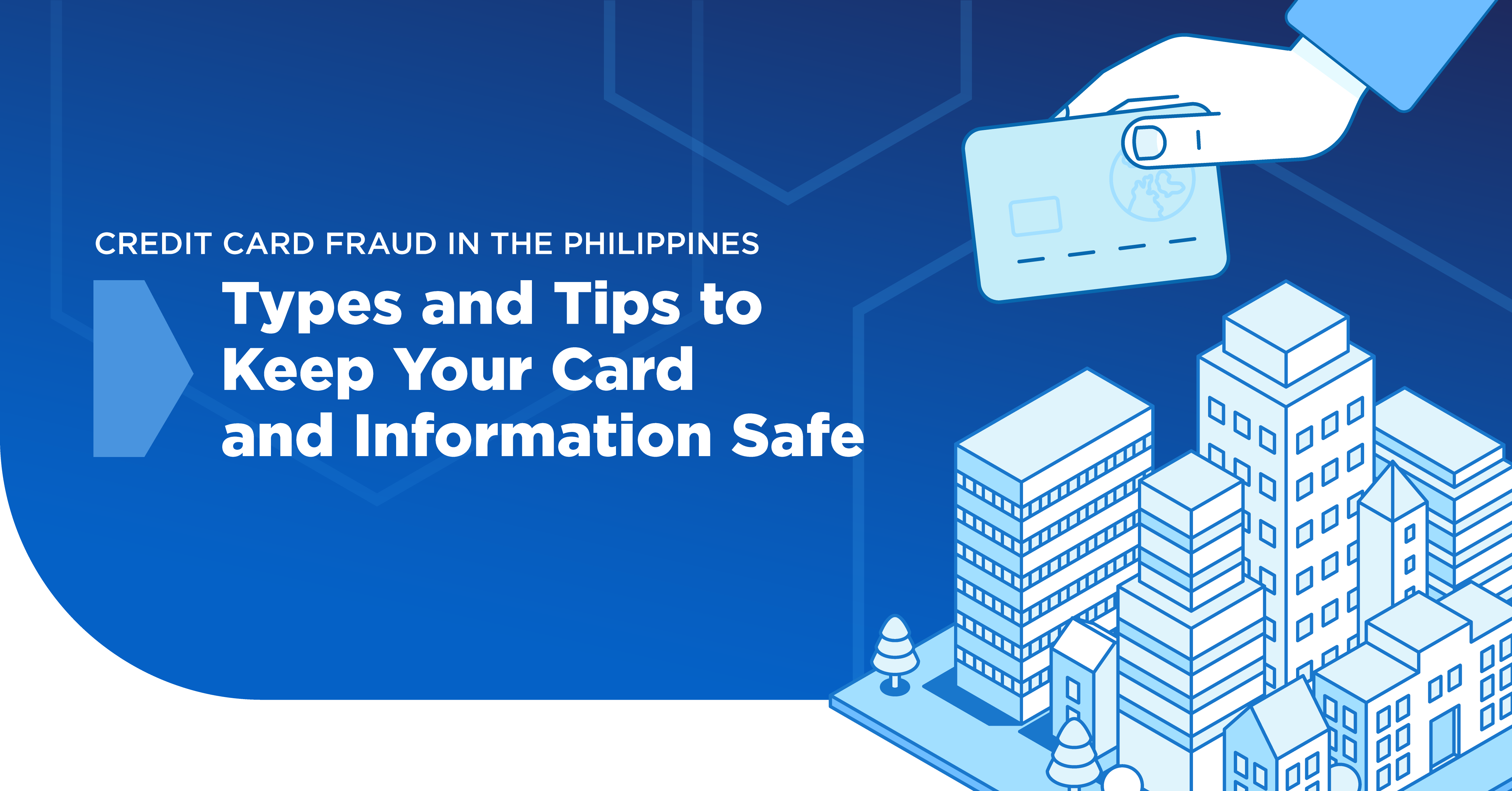
Credit cards increase your purchasing power. Sadly, using them can expose you to various crimes.
Preventing credit card-related exploits isn't an easy fight. Despite efforts to boost security and education on credit card safety, different types of credit card fraud cases rose 21% from early 2020 when the COVID-19 pandemic forced consumers to transact online.
On the bright side, you can avoid becoming a victim of credit card fraud in the Philippines!

What is Credit Card Fraud?
Credit card fraud happens when someone uses your card or account information without authorization to make purchases or withdraw money. Common types include:
- Lost or stolen cards—physical theft enables unauthorized spending.
- Fraudulent applications—criminals open credit lines in someone else's name.
- Card-not-present scams—using stolen card data for online or phone transactions.
Understanding these types helps you recognize threats and protect your financial information.
10 Common Credit Card Fraud Schemes in the Philippines
The first step to preventing credit card fraud is to know their forms. Then, you can identify and avoid them before they damage your finances.
- Credit card skimming
Believe it or not, your credit card's black magnetic strip is an often-overlooked vulnerability. Scammers commonly hide skimmers—devices that capture and store your card's information via its magnetic strip—inside legitimate card readers at ATMs and POS terminals. They typically clone this information to make unauthorized purchases or withdrawals using your account. - Phishing
Phishing messages are a common problem. In fact, the Philippines recorded over 4.6 million phishing cases in 2022—the fifth-highest in Southeast Asia! Scammers pose as a company or a bank representative, sending emails or texts with fake website links that ask you to input your banking credentials or credit card details. - Data breaching or hacking
Even reputable banks can fall victim to hackers who exploit vulnerabilities in the security systems of financial companies and steal large volumes of client information, which might include yours. Once obtained, they often sell the details on the dark web or use them to commit fraud. These schemes affect millions of people and expose them to identity theft. - Identity theft
This tactic victimized 89 Filipinos in February 2024 alone! In identity theft, fraudsters may steal your personal information, such as your name, address, or credit card details, through phishing schemes and data breaches. Then, they use your identity to apply for new credit cards in your name or access your existing accounts. - Card cracking
Scammers sometimes pose as bank representatives or employers offering high-paying jobs or easy money. Some might be legitimate, but they should raise red flags when they ask you to provide your card details or send them money as part of the fraudulent activity. These criminals may use your details for unauthorized transactions or resell them on the black market. - Account takeover
Be careful with whom you share personal details, as divulging them can give criminals unrestrained access to your credit card account. Once they're in, they'll change your contact details to keep you from receiving notifications about unauthorized activities. They then make large purchases, leaving you unaware until they've done significant damage. - Card-not-present (CNP)
Did you know criminals can make transactions under your name without your card? Scammers may use stolen credit card information, often obtaining it from illegal sources, to exploit the fact that online merchants can't physically verify who's using your card. Unscrupulous activities that circumvent PINs or one-time passwords (OTPs) can make these schemes more challenging to detect. - SIM swapping
When scammers trick your mobile carrier into transferring your number to a SIM card in their possession, they gain control of your mobile number. They could bypass two-factor authentication (2FA) measures to access your credit card accounts and online shopping profiles without your knowledge. This way, they can make unauthorized transactions and change your account details. - False application
Some fraudsters may impersonate you using stolen or counterfeit documents to apply for new credit cards under your name. If they succeed in opening an account, they can use those cards to purchase high-value items that leave you with massive bills and considerably damage your credit standing. This credit card fraud can go undetected for months, especially if you don't monitor your monthly statements. - Keystroke capturing
Do you have a computer? Criminals could plant keylogging software on your device through virus-infected emails, websites, and downloads. The software records everything you type—login details, PINs, credit card details—and sends them back to the scammers, who can now fully access your accounts and make unauthorized transactions.
How to Prevent Credit Card Fraud
Besides knowing the most common credit card schemes in the Philippines, you must take essential steps to defend against them.
- Monitor your credit card statement regularly
Some fraudulent practices are undetectable—unless you know where to look. Your credit card statements reveal unauthorized activity, allowing you to perform security measures.
For instance, you can instantly lock your RCBC card if it gets stolen or you see suspicious activity on your statements. Some features, such as RCBC's Spend Monitor, even send real-time SMS for every transaction to protect against unauthorized spending proactively. - Secure all credit card information
The best way to avoid falling victim to fraud is to make it challenging, if not impossible, for scammers to access your credit card details. Store your cards in a safe place and avoid carrying unnecessary ones outside. Digitally, avoid sharing your OTP, CVV, password, or other sensitive information to prevent unauthorized account access, financial loss, identity theft, and privacy breaches.
Cybercriminals can exploit this data for fraud, and you may face legal consequences if it causes a data breach. Keep this information private to safeguard your security. What you want to do is put up safeguards to protect your computer and other devices, such as installing up-to-date firewalls to prevent online attacks.
Thankfully, RCBC has EMV-enabled credit cards that offer contactless protection against skimming. - Visit and transact only with secure websites
Websites with an "https://" URL are secure and encrypted. Meanwhile, you should never transact on shopping websites without this protocol. Otherwise, you might encounter a scam tricking you into inputting your credit card details.
It pays to get RCBC's Credit Card web shopper, which protects you against fraud by functioning as a proxy credit card. You only have to give your web shopper's details when shopping online, protecting your original card from fraud. - Be cautious of merchants requiring upfront payment
Merchants requiring immediate payment before shipping your product might be a tactic used by scammers. To protect yourself, use reputable payment methods such as credit cards, mobile wallets, or cash on delivery (COD). Credit cards, above all else, offer added security features and fraud protection, making it easier to dispute charges and retrieve your money if the merchant turns out to be a scam. - Be mindful of skimming operations
The tricky thing about skimming devices is that they're difficult to detect if you aren't looking for them. So, inspect card readers for unusual or bulky attachments, loose parts, or tampered seals. You could also pull and tug on keypads and card readers to ensure they don’t have any skimmers attached. Finally, only use ATMs in well-lit and secure areas, like banks and malls, instead of secluded locations. - Use more than one credit card
Multiple credit cards can act as a safety net because if one card falls victim to scammers, you can cancel it while still having a spare for payments. You only need to manage them wisely by staying on top of their due dates. - Sign up for fraud notices
Some banks offer fraud alert services that notify you of suspicious activity on your accounts via email or SMS. Consider signing up to receive real-time updates about possible fraudulent transactions using your cards. Then, you can act promptly to prevent further unauthorized uses, such as deactivating the affected card or disputing charges. - Link your card to trusted mobile wallets
Mobile wallets add extra security to your transactions by encrypting your card information, making it more challenging for fraudsters to steal your details. Linking the two lets you benefit from the combined security features of your card issuer and the mobile wallet. - Set payment limits
Many issuers allow you to set daily or per-transaction limits. They flag unauthorized purchases and call you for confirmation before releasing the payment so you can reverse it if it's a fraudulent transaction. You may also opt to get alerts for transactions exceeding your limit while allowing the payment to push through. It's a handy way to protect your card and track your spending.
How to Prevent Credit Card Fraud
Understanding the types of credit card schemes and how to defend against them is crucial in today’s increasingly digital world. So, keep the abovementioned insights and tips in mind to help you stay on top of these activities if you, or anyone you know, are ever caught in them.
Then, always take control of your financial safety when buying online. Choose RCBC Credit Cards and enjoy peace of mind with improved security features, from secure mobile wallet integration to advanced encryption technologies. Shop with confidence with RCBC today.
Are you a victim of fraud? Please report it immediately to RCBC's Credit Cards Customer Service Hotlines:
- Classic Cards: (02) 8888-1888
- Premium Cards: (02) 8888-1883

 bc
bc

















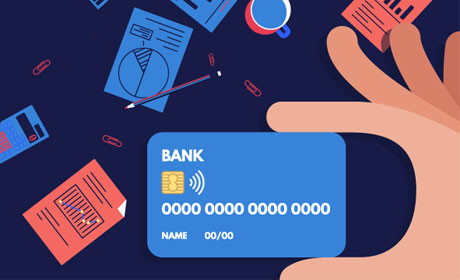
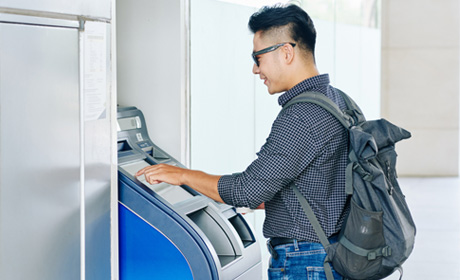

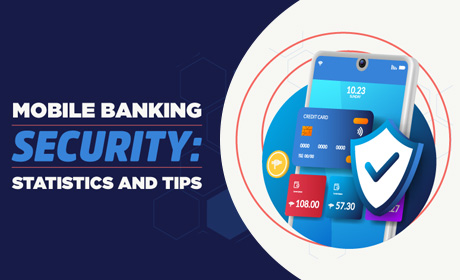


.png)
.png)




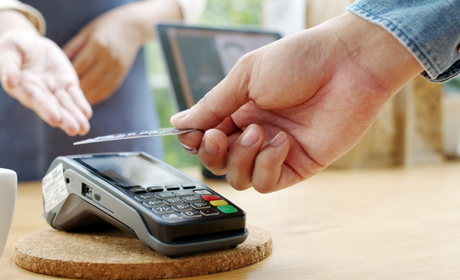
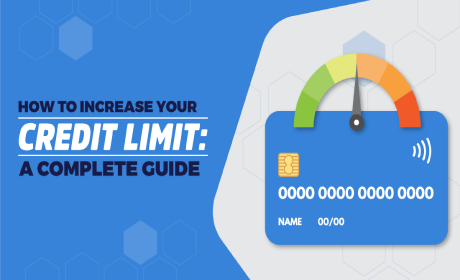
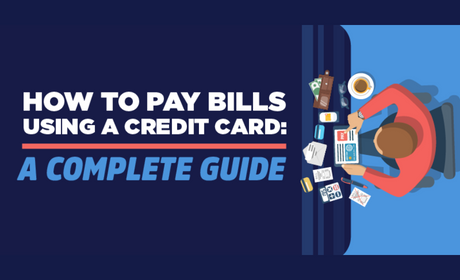



.jpg)
.jpg)
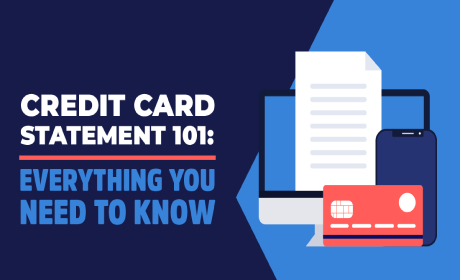
.jpg)

.jpg)

.jpg)


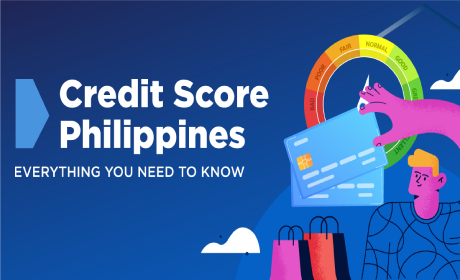
.jpg)
 (1).jpg)
 (1).jpg)
 (1).jpg)

.jpg)
 (1).jpg)
 (2) (1).jpg)
 (2) (1).jpg)
 (1).jpg)
 (1).jpg)
 (1).jpg)
 (1).jpg)


.jpg)
.jpg)
.jpg)
.jpg)
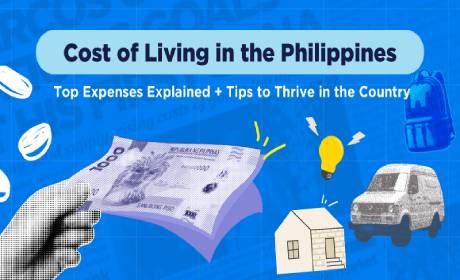
.jpg)
.jpg)


.jpg)
.jpg)
.jpg)
.jpg)
.jpg)
.jpg)


.jpg)
 (1).jpg)

.jpg)

.jpg)
.jpg)
.jpg)
.jpg)
.jpg)
.jpg)


